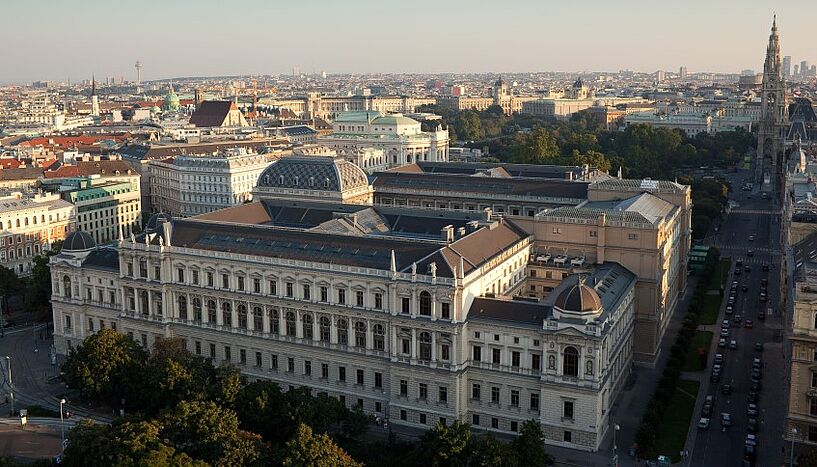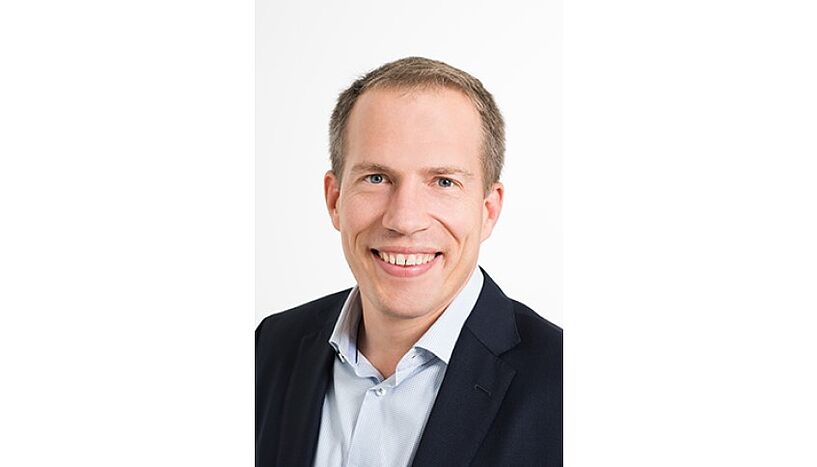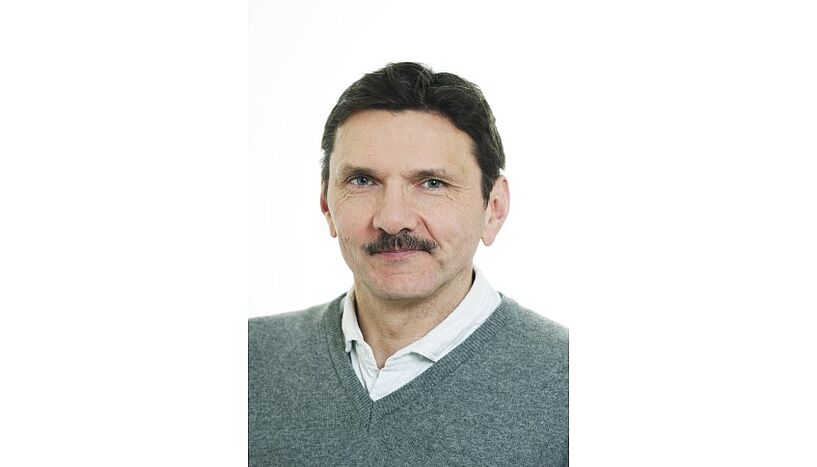ERC Synergy Grant for shining light on the interplay between gravity and the quantum world
25. October 2022"GRAVITES" – exploring how quantum entangled particles gravitate
The European Commission has announced support for fundamental research to study the interplay of gravity and the quantum world in a new experiment. A research team from the University of Vienna, the Ludwig Maximilians University and the Massachusetts Institute of Technology (MIT) has been awarded the prestigious ERC Synergy Grant, worth almost 9 million Euros, for an extraordinarily sensitive experiment to investigate the gravitational influence on quantum light.
Our current understanding is that the laws of our Universe are described by two main theories, quantum field theory and general relativity. Both theories are very different in scope and methodology and have been separately tested with astonishing accuracy. For many decades, scientists have attempted to understand the interplay of these theories, searching to understand the fundamental mechanisms of our world, and setting the ground for new technologies. Quantum field theory in curved spacetime provides the expected model for this interaction for experiments in the lab, but so far no such experiments that test the interplay between these theories beyond pre-Einsteinian physics have been carried-out.
"GRAVITES" – exploring how quantum entangled particles gravitate
The ERC Synergy Grant GRAVITES will break new ground by studying experimentally how quantum entanglement is influenced by gravity. Quantum entanglement is a key, yet bizarre, feature of quantum physics that allows two or more particles to exhibit correlations stronger than classically allowed. When two particles are entangled a "spooky action at a distance" – as Einstein called it - can be observed: as soon as the quantum state of a particle is measured, the state of an entangled partner changes accordingly, regardless of how far apart the entangled particles might be.
GRAVITES, led by Philip Walther from the University of Vienna, brings together scientists with complimentary expertise to measure the gravitational properties of entangled quanta of light, i.e. entangled photons. A key property of optical quantum systems is the fact that photons are massless. This forces one to use general relativity to describe the gravitational properties of the system.
Since photons interact very weakly with the gravitational field, the Synergy team needs to build an extremely precise fiber optic interferometer, where entangled photons are exposed to different gravitational fields when propagating through 40 km of optical fibers. For measuring the influence of gravity on the entangled photon pairs, the experiment must be capable of measuring length fluctuations about 100 times smaller than the radius of an atom.
To achieve this high degree of precision, the ERC Synergy Grant brings together two experimental and two theory groups. The experiment itself will be built by the teams of Nergis Mavalvala from the MIT and the Laser Interferometer Gravitational-Wave Observatory (LIGO), as an expert on precision interferometry, and by Philip Walther, whose expertise lies in the quantum control of entangled photons. The experimental effort is carried out in partnership with renowned theoretical physicists in general relativity and quantum field theory, Piotr Chruściel from the University of Vienna and Gia Dvali from the LMU Munich.
Within the next six years, the ERC team aims to answer a key question in science, whether entangled quantum states satisfy the predictions of relativistic quantum field theory in a curved spacetime. "This ERC Synergy Grant will enable us to observe for the first time how entangled states gravitate", says Philip Walther. "This has wide range of important implications for fundamental physics and for its observational manifestations, which spans from understanding the classical gravitational influence on entangled particles that likely store quantum information in black holes, all the way, to probing new physics that influences quantum properties of entangled photons", says Gia Dvali.
Besides the fundamental impact, the technology developed for this project will be beneficial for research fields such as quantum cryptography and quantum metrology, relativistic geodesy, or frequency dissemination.
Scientific contact
Univ.-Prof. Dipl.-Ing. Dr. Philip Walther
Fakultät für PhysikUniversität Wien
1090 - Wien, Boltzmanngasse 5
+43-1-4277-72560
+43-664-8175859
philip.walther@univie.ac.at
Univ.-Prof. MSc PhD Piotr Chrusciel
Gravitationsphysik1090 - Wien, Währinger Straße 17
+43-1-4277-51556
piotr.chrusciel@univie.ac.at
Further inquiry
Mag. Alexandra Frey
Media Relations ManagerUniversität Wien
1010 - Wien, Universitätsring 1
+43-1-4277-17533
+43-664-8175675
alexandra.frey@univie.ac.at
Downloads:
20221025_Walther_C_BarbaraMair.jpg
File size: 3,7 MB
20221025_Chrusciel_C_BarbaraMair_01.jpg
File size: 3,99 MB
20221025_01.jpg
File size: 910,62 KB




